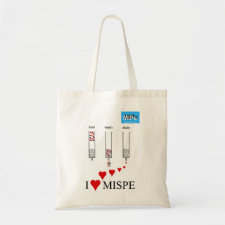
Authors: Dai ZQ, Liu JB, Tang SS, Wang Y, Li B, Jin RF
Article Title: Theoretical design and selectivity researches on the enrofloxacin imprinted polymer.
Publication date: 2016
Journal: Structural Chemistry
Volume: 27
Issue: (4)
Page numbers: 1135-1142.
DOI: 10.1007/s11224-015-0735-0
Abstract: In this paper, enrofloxacin (ENRO) was chosen as the template molecule, 4-vinylpyridine (4-Vpy), acrylamide (AM), trifluoromethacrylic acid (TFMAA), and 2-hydroxyethyl methacrylate (HEMA) were selected as the functional monomers, with the following cross-linking agents, ethylene glycol dimethacrylate (EDMA), pentaerythritol triacrylate (PETA), and trimethylolpropane trimethacrylate (TRIM). The stable complex configurations formed by ENRO and four monomers at the molar ratio of 1:1 were calculated using the density functional theory at the B3LYP/6-31G(d,p) level. Their natural bond orbital charges and the action sites were discussed to screen the appropriate functional monomer. The optimal molar ratio of template-monomer complex and the effects of cross-linking agent were investigated. The nature of the imprinting interaction was also researched via the infrared spectrum. The results reveal that the complex formed from ENRO and TFMAA has the strongest hydrogen bond interaction. When the molar ratio is 1:7, the complex has the most stable configuration. Owning to the weakest interaction between EDMA and ENRO, and the strongest interaction between EDMA and TFMAA, EDMA is considered as the suitable cross-linking agent, in comparison with PETA and TRIM for ENRO-MIPs. After the removal of ENRO molecule, the most stable ENRO-TFMAA complex owing to the better binding capacity to ENRO is compared with its structural analogues (ciprofloxacin, sparfloxacin, pefloxacin, ofloxacin, and sarafloxacin). This study provides a reliable theoretical guidance for the preparation of new ENRO-MIPs
Template and target information: enrofloxacin, ENRO
Author keywords: Enrofloxacin, functional monomer, Molecularly imprinted polymers, Calculate, cross-linking agent



Join the Society for Molecular Imprinting

New items RSS feed
Sign-up for e-mail updates:
Choose between receiving an occasional newsletter or more frequent e-mail alerts.
Click here to go to the sign-up page.
Is your name elemental or peptidic? Enter your name and find out by clicking either of the buttons below!
Other products you may like:
 MIPdatabase
MIPdatabase









